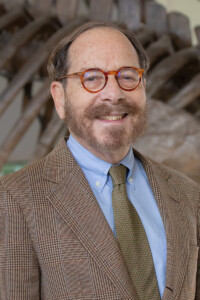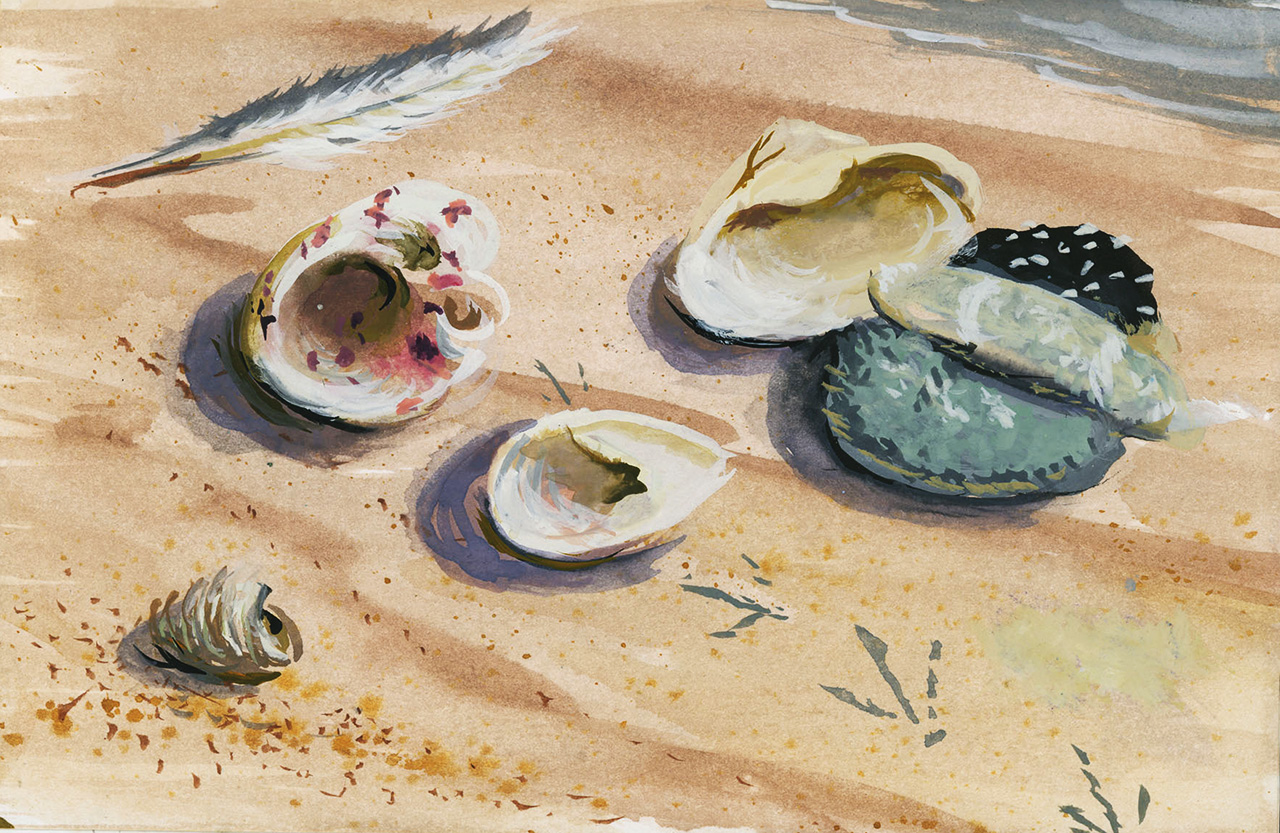

Birds at Rest
August 24 @ 4:00 pm - 5:00 pm
Everybody enjoys watching birds during the daytime, but what do they do at night, when they seem to disappear? Join us for an illustrated talk by lifelong birder, Roger Pasquier, to learn about how birds have evolved unique sleep habits to match their intensely energetic lifestyle.
WHEN: Sunday, August 24, 2025
TIME: 4 p.m.
PLACE: In person at the Museum and virtual via zoom
Reception and book signing to follow. Copies of Roger’s book, “Birds at Rest: The Behavior and Ecology of Avian Sleep”, will be available for purchase.
Birds need sleep as much as we do, but instead of long stretches of obliviousness, they sleep in short bouts of several seconds or a few minutes, waking up to look around for danger, and then going back to sleep. To increase their vigilance, birds can sleep shutting off only half their brain and one eye at a time, leaving them able to respond instantly to any alarm. The social habits of sleeping birds are also distinctive. Most are solitary, some sleep in pairs or families, while others gain advantages of warmth, safety, and even social needs like finding a mate, by joining in flocks, not to mention guidance on where to get breakfast the next day.
Roger will discuss the evolution and benefits of sleep, focusing on how birds find shelter, keep warm, and stay alert, and recent discoveries that some birds can spend weeks and months in the air, sleeping while in flight. Human impacts like artificial light and noise as well as climate change, however, are changing how and where birds can get a good night’s rest.
 Roger Pasquier, a lifelong birder, is an associate in the Department of Ornithology at the American Museum of Natural History. He is a regular visitor to Fishers Island, where he has added a few species to the list of birds found here. He has spoken at the Museum on two of his previous books, Painting Central Park and Birds in Winter: Surviving the Most Challenging Season. Roger’s career has been in ornithology and in conservation, at BirdLife International, World Wildlife Fund-US, Environmental Defense Fund, and National Audubon Society. He is the author of several other books on art history and on birds. Roger is a native New Yorker. His favorite birding places include Central Park and the Peruvian rainforest.
Roger Pasquier, a lifelong birder, is an associate in the Department of Ornithology at the American Museum of Natural History. He is a regular visitor to Fishers Island, where he has added a few species to the list of birds found here. He has spoken at the Museum on two of his previous books, Painting Central Park and Birds in Winter: Surviving the Most Challenging Season. Roger’s career has been in ornithology and in conservation, at BirdLife International, World Wildlife Fund-US, Environmental Defense Fund, and National Audubon Society. He is the author of several other books on art history and on birds. Roger is a native New Yorker. His favorite birding places include Central Park and the Peruvian rainforest.

